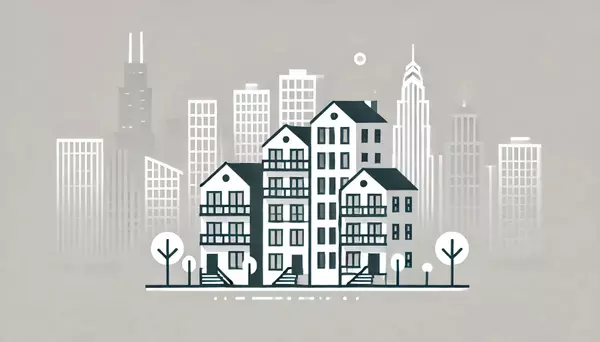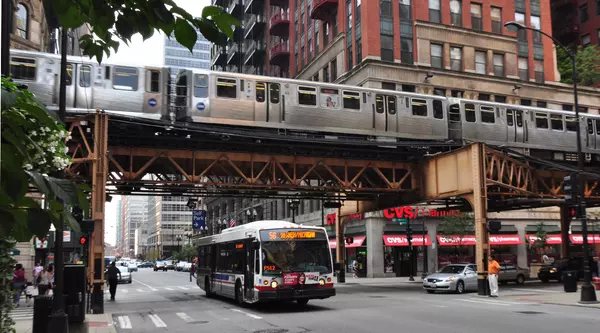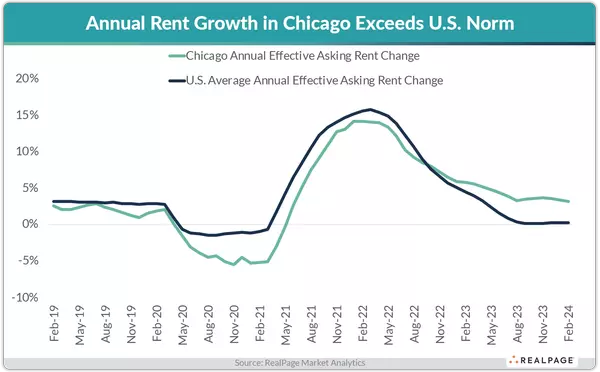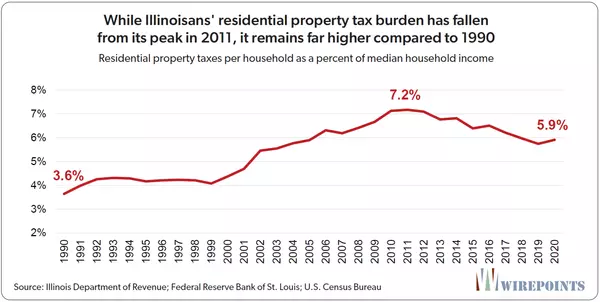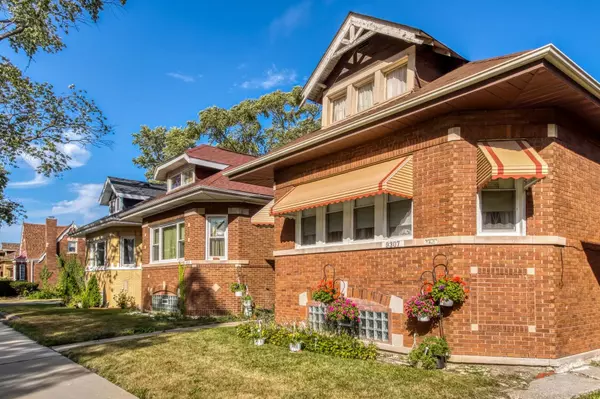The Impact of Remote Work on Chicago's Suburban Housing Demand

Remote work has become a defining feature of modern life, reshaping how and where people live. The Chicago metropolitan area, with its vibrant city core and diverse suburbs, has witnessed significant shifts in housing demand, driven largely by the remote work revolution. This transformation presents opportunities and challenges for homeowners, buyers, and investors alike.
The Suburban Shift
Traditionally, Chicago’s downtown areas attracted professionals seeking proximity to offices and city amenities. However, as remote work gained traction, many individuals and families began prioritizing larger living spaces, quieter neighborhoods, and proximity to outdoor recreational areas—all hallmarks of suburban living. Towns like Naperville, Evanston, and Oak Brook have seen an influx of interest, as homebuyers look for properties that better align with their work-from-home lifestyles.
The Role of Housing Features
With remote work blurring the lines between professional and personal life, the features of a home have taken on greater significance. Buyers now prioritize:
- Dedicated Office Spaces: Homes with extra rooms or flexible layouts for a home office.
- Outdoor Areas: Backyards, patios, and access to parks provide a welcome escape from indoor routines.
- Connectivity: Reliable high-speed internet has become a non-negotiable feature.
These preferences are driving not only a shift in demand but also influencing home renovations and upgrades across the region.
Challenges for Suburban Markets
While the suburbs are booming, this demand has also led to challenges such as inventory shortages and rising home prices. Many prospective buyers face fierce competition, and sellers find themselves in a strong position. However, this growth must be balanced with considerations such as transportation infrastructure and local amenities, which remain critical to long-term suburban appeal.
Personal Observations
Having worked in real estate during significant market transitions, I’ve observed how external factors—like economic shifts and lifestyle changes—shape housing trends. The pivot to remote work is one of the most transformative changes I’ve seen. It’s fascinating to witness families rethinking what “home” means and seeking environments that cater to new priorities. As someone familiar with Chicago and its suburbs, I’ve noticed how different neighborhoods—from the lakefront charm of Wilmette to the bustling communities of Schaumburg—are adapting to meet these evolving demands.
The Bigger Picture
While remote work has fueled suburban demand, it has also sparked conversations about the future of urban centers. Cities like Chicago are reimagining themselves, with developers and planners focusing on creating spaces that balance work, leisure, and living. This dual evolution—urban adaptation and suburban growth—highlights the resilience and dynamism of the housing market.
Final Thoughts
The remote work era is not just a temporary shift; it’s a redefinition of how we live and work. For those considering buying or selling in Chicago’s suburbs, understanding these trends can make a significant difference. By staying informed and adaptable, homeowners and investors can navigate this new landscape effectively.
Whether you’re considering a move to the suburbs or simply curious about the market’s direction, it’s an exciting time to explore the possibilities that this new era of work has brought to the housing market.
Vic Melecio - LPT Realty
Categories
Recent Posts

